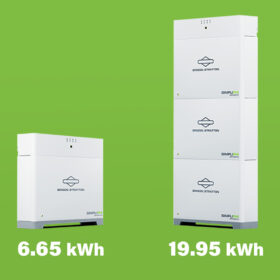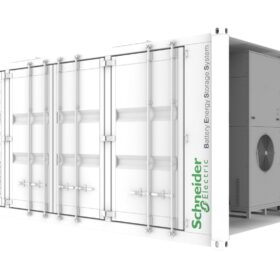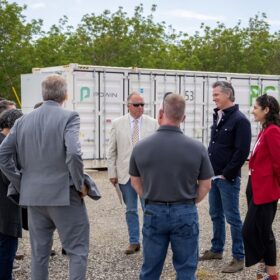The U.S. Internal Revenue Service (IRS) released much-awaited guidance on the rules and regulations of two important transactional provisions of the tax credits contained in the Inflation Reduction Act. Direct pay and transferability guidance is now posted, with additional granular details expected next week.
Direct pay is made available to tax-exempt entities investing in clean energy projects. Credits including the 30% Investment Tax Credit, plus any applicable adders, can be used by these entities as a payment against tax liability, and any remaining balance can be refunded as a direct payment to these entities. Tax years beginning January 1, 2023 are eligible for this transaction.
Organizations that are exempt from tax by § 501(a) are eligible for the direct pay option, as well as those described by § 501(c), including public charities, private foundations, social welfare organizations, labor organizations, business leagues, and others. The option is available to Tribal Governments, rural electric cooperative utilities, and the Tennessee Valley Authority, as well. A frequently asked questions page offers more information.
A substantial update in the guidance is that the Section 45X Advanced Manufacturing Component Credit is eligible for the direct pay option.
As for transferability, this process enables project owners to monetize tax credits by transferring them to other taxpayers. Under this transaction, renewable energy developers and owners are essentially able to sell tax credits for cash, making financing easier for new clean energy projects. The transferability option is generally open to the entities that are not covered by the direct pay option. More information in the frequently asked questions section can be found here.
“We are thrilled to see constructive treatment of numerous key issues reflected in this guidance and look forward to continuing to work with the Treasury Department as it moves to finalize these proposed rules,” Wetstone said.
The transferability provision addresses current constraints in the nation’s tax equity market, while the direct pay regime makes it easier for tribes, state and local governments, co-ops and other nonprofits to participate in the clean energy transition, Wetstone said.
Mit Buchanan, managing director, energy investments at J.P. Morgan, said that the $20 billion to $30 billion of tax equity issuances in the industry broadly needed to be increased to bring new capital parties to the table, speaking at the ACORE Finance Forum on June 7 in New York. ACORE said that the transferability option alone will fuel $50 billion or more in annual of monetization of tax credits.
Colin Witherspoon, business development officer for U.S. Bank, said his firm is seeing prices on tax equity transfers be in the low $0.90 per dollar range, making the statement during a tax equity panel session at the ACORE Finance Forum.
Transferability and direct pay apply to the following credits:
- Energy Credit (48), (Form 3468, Part VI)
- Clean Electricity Investment Credit (48E), (Form 3468, Part V)
- Renewable Electricity Production Credit (45), (Form 8835, Part II)
- Clean Electricity Production Credit (45Y)
- Zero-emission Nuclear Power Production Credit (45U), (Form 7213, Part II)
- Advanced Manufacturing Production Credit (45X), (Form 7207)
- Clean Hydrogen Production Credit (45V), (Form 7210)
- Clean Fuel Production Credit (45Z)
- Carbon Oxide Sequestration Credit (45Q), (Form 8933)
- Credit for Alternative Fuel Vehicle Refueling / Recharging Property (30C), (Part 8911, Part II)
- Qualified Advanced Energy Project Credit (48C), (Form 3468, Part III)
Additionally, the 45W credit for qualified commercial clean vehicles is eligible for direct pay, but not for transferability.
This content is protected by copyright and may not be reused. If you want to cooperate with us and would like to reuse some of our content, please contact: editors@pv-magazine.com.








By submitting this form you agree to pv magazine using your data for the purposes of publishing your comment.
Your personal data will only be disclosed or otherwise transmitted to third parties for the purposes of spam filtering or if this is necessary for technical maintenance of the website. Any other transfer to third parties will not take place unless this is justified on the basis of applicable data protection regulations or if pv magazine is legally obliged to do so.
You may revoke this consent at any time with effect for the future, in which case your personal data will be deleted immediately. Otherwise, your data will be deleted if pv magazine has processed your request or the purpose of data storage is fulfilled.
Further information on data privacy can be found in our Data Protection Policy.